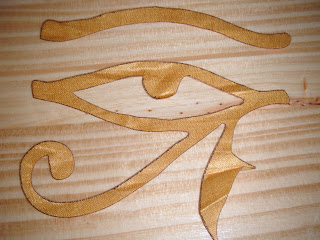

Kitchen Interiors
Kitchens and accessories are what interest me the most, there are so many accessories to a kitchen such as all the utensils, and dishes like; cups which could be engraved on the handles or plates which could be printed on, on the face of the plate. Kitchens link with dining areas and the table layout including; table cloth which could be printed on, placemats and coasters, a table centre piece such as a small lamp of candle.
The Retro kitchen here includes a dining table within, others may not, the fruit bowl could also be engraved onto. The seperate dining table appears quiote plaine but infact look at all the accessories on the table, everyone of them has a printing potential.








































